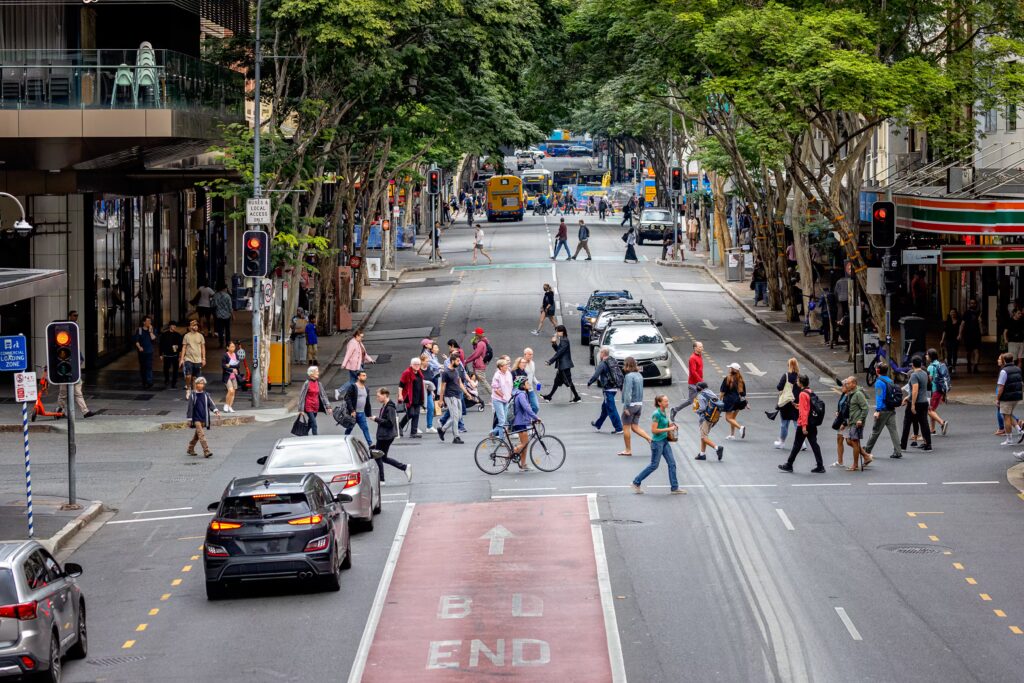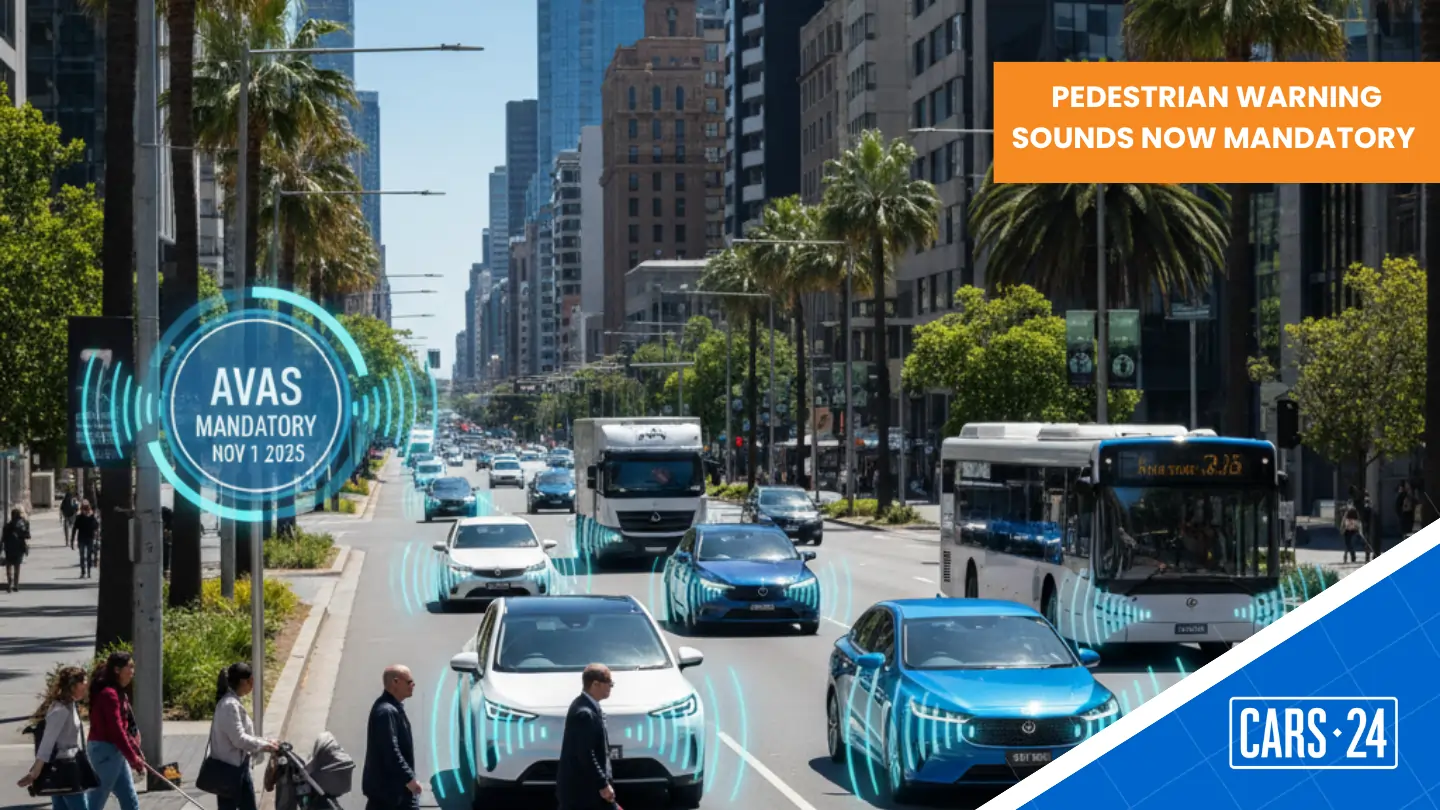Newly introduced electric, hybrid, and hydrogen vehicles in Australia will now be required to emit an artificial sound at low speeds to alert pedestrians and other road users of their presence.
New safety rules are in effect
From November 1, 2025, the new rule applies to all light and heavy vehicles introduced to the Australian market that can operate in at least one forward or reverse gear without an internal combustion engine running. This includes cars, utes, trucks, and buses powered by hybrid, plug-in hybrid, electric, or hydrogen fuel-cell systems.
The Acoustic Vehicle Alerting System (AVAS) must produce a sound when the vehicle is moving at speeds up to 20km/h, helping make near-silent vehicles more noticeable in areas such as car parks, intersections, and driveways.
The legislation, first announced in 2024, will become mandatory for all new vehicles on sale from November 1, 2026, regardless of when they were approved for sale. However, existing cars already sold to customers are not affected by the new rule.
A response to pedestrian safety concerns
Electric and hybrid cars are known for their quiet operation, which can make them harder for pedestrians and cyclists to detect, particularly those who are visually impaired.
Research from Vision Australia, reported by Drive in 2024, found that 35 per cent of people who are blind or have low vision have experienced a near miss or collision with a ‘silent’ vehicle.
Similar safety requirements are already in place across Europe, Japan, and the United States, and many vehicles sold in Australia are already fitted with AVAS technology.

Anticipated benefits
Government modelling estimates the introduction of mandatory low-speed warning sounds could prevent 68 fatalities, 2675 serious injuries, and 2962 minor injuries by 2060, delivering an estimated $208 million in community savings.
In a statement released last year, the Department of Infrastructure, Transport, Regional Development, Communications, Sport and the Arts said the proposed mandate received strong support from state and territory governments, the blind and low-vision community, and vehicle manufacturers.
A step toward safer, quieter roads
The new rule adds an artificial sound requirement for low-emission vehicles as part of Australia’s broader transition toward electric and hybrid transport. As most manufacturers already include AVAS systems in their international models, the feature is expected to become standard on new low-emission vehicles sold in Australia within the next year.

Comments
New Comment